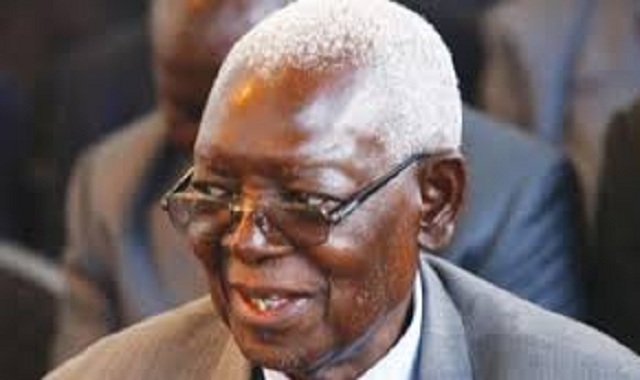Zim clears IMF arrears: Door open for new credit: Paid in full

Prosper Ndlovu, Business Editor
ZIMBABWE has cleared its overdue debt to the International Monetary Fund (IMF) after paying $108 million to the global finance body on Thursday.
IMF’s director of communications Mr Gerry Rice confirmed the payment in a statement.
“On October 20, 2016, Zimbabwe settled its overdue financial obligations to the Poverty Reduction and Growth Trust (PRGT) of the IMF.
Zimbabwe had been in continuous arrears since 2001,” said Mr Rice.
“To settle these obligations, which amounted to SDR 78.3 million (about US$107.9 million), Zimbabwe transferred part of its SDR (special Drawing Rights) holdings kept at the IMF to the PRGT account. Zimbabwe is now current on all its financial obligations to the IMF.”
The country had received $500 million in SDR, released by the IMF to cushion member countries from the global financial crisis in 2009 but maintained reserves of about $130 million.
Observers say the move is set to open a new window of lines of credit to the financially starved economy and help ease the country risk factor.
Chairperson of the Parliamentary Portfolio Committee on Budget and Finance, David Chapfika, said: “If we have paid the debt it means we can now get new lines of credit. Since the Government has done its part, the IMF should now honour its pledge to assist,” he said.
Cde Chapfika however expressed reservations on the Bretton Woods institution’s attitude towards Zimbabwe.
“I am personally skeptical of their support because not much has come from the Western World over the years and the justification for sanctions itself is not logical. We hope now that the debt has been cleared, this will open new doors,” said Chapfika, a former Deputy Minister of Finance. Zimbabwe now owes an estimated $600 million to the African Development Bank (AfDB) and $1.15 billion to the World Bank.
In his recent mid-term fiscal policy review statement Finance Minister Patrick Chinamasa said addressing foreign debt was crucial for the success of Zim-Asset, the country’s five-year economic development blue-print.
Cde Chinamasa said the Government was committed to doing everything it takes to boost investor confidence and ensure external co-operating partners support the country’s development programmes.
The country’s external creditors accepted the initial debt clearance strategy during engagements in Lima, Peru, last year.
The Lima Agreement, signed between the Government and the IMF, laid the foundation for the debt clearance strategy in the first half of 2016, which the country missed.
The Government has recently been on aggressive drive to re-engage with the international lenders as part of measures to restore economic ties and attract increased investment in different sectors of the economy.
President Mugabe has also stressed the importance of strengthening re-engagement with the international community.
The re-engagement efforts with both bilateral and multilateral partners such as AfDB and WB under various initiatives should see improvement of relations that should benefit the country.
At the Lima meetings Zimbabwe laid out its development plan including the strategies for clearing external debt arrears as well as a comprehensive economic reform agenda whose key tenets consist of the following: Strengthening financial sector confidence, accelerating the re-engagement process with the international community, revitalising agriculture and the agro-processing value chain, advancing beneficiation and/or value addition to the agriculture and mining resources, focusing on infrastructure development, unlocking the potential of small-to-medium enterprises, improving the investment climate, accelerating public enterprises reform and improving public finance management; modernising labour laws and aligning of laws to the Constitution and adhering to the rule of law; and pursuing an anti-corruption thrust.
According to the debt clearance plan the resolution of external debt arrears will be achieved through the use of domestic resources to clear arrears to the IMF; use of a bridge loan to clear AfDB Group debt arrears; and use of a medium-to-long term facility from a friendly country to clear arrears to the World Bank.










Comments